'Cork pulled it off': 20th anniversary of city's designation as capital of culture
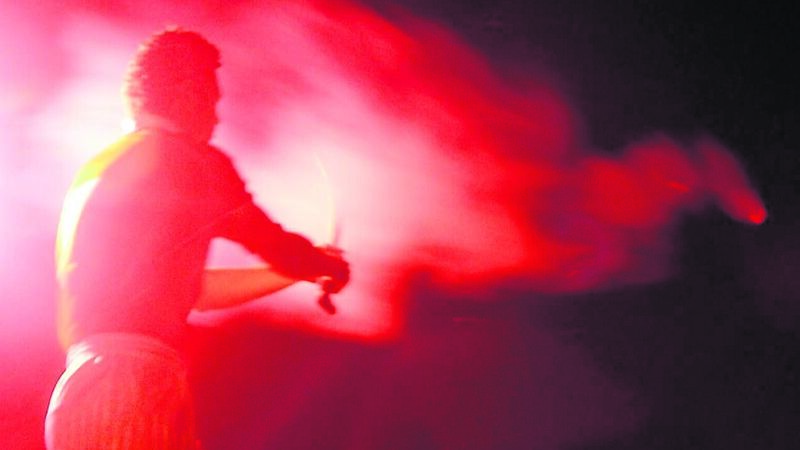
Cork hurling captain Seán Óg hAilpín drives a burning sliotar at a serpent in the River Lee on New Year’s Eve, to usher in the 2005 European Capital of Culture for Cork
During 2005, more than a million people attended events programmed as part of Cork 2005: European Capital of Culture.
That’s no mean feat for a city on the edge of Europe with a population at the time of around 120,000. It’s a good thing the million attendees didn’t all show up at once.
We had more projects than the city’s conventional infrastructure could hold. We had to use spaces in a new way. An ESB sub-station became a really good exhibition space. So did Fitzgerald Park, the Farm Gate, a car park and myriad other places in the city.
Stuff you might never otherwise get to see started happening in places you might not otherwise get to.
People came to performances, exhibitions, readings, concerts, workshops and cultural happenings of every sort, in locations from the River Lee itself, to the Glucksman (the opening of which formed part of the year), to a Marquee in the showgrounds (that’s been coming back since), to the Opera House, to semi-derelict buildings.
The streets became really important. That’s where we opened the year, with a carnival on the city streets when 100,000 people showed up to see the Capital of Culture year start under miraculous blue skies.
Street performers from all over Europe took the city centre over: Antarctic explorers and giant spiders bumped into each other on Oliver Plunkett Street while dragons wound down Pana.
Bob Geldof’s fireworks company lit up the night - Collins Barracks had to be used to store all the gunpowder. Vatican Radio reported on the excitement. RTÉ broadcast a three-hour live TV special from the streets of Cork.
On New Year’s Eve, the country watched as Cork hurling captain Seán Óg Ó hAilpín launched a flaming sliotar into the waters of the Lee and the Cork crowd roared.
But all of this razzmatazz was far removed from the processes involved in the year’s gestation. And that gestation took an awful lot longer than a year.
Cork 2005 started early in the decade with a bid put together by a small, dedicated group of arts and culture professionals in the city. I wasn’t part of that bid, but I’ve heard stories of late nights and strong coffee, sheets of handwritten notes on kitchen tables.
That time was The Dreaming for Cork 2005. An almost mythical time of people dreaming of possibilities for their city. Dreaming of a world-class programme, of a city getting a year of recognition, of creativity and celebration. Of a city taking its place on the European and world stages.
Cork won, the dream had to come true.
I think I was the designation’s sixth employee. I arrived just before we moved into our premises, the Doll’s House on Pope’s Quay.
I remember not having a phone, a desk or a chair. None of us had. That was 2003.
All we knew was that our job was to try and make the dream a reality. Two years later, Antarctic explorers and spiders would be colliding on a thronged Oliver Plunkett Street.
Cork people were preparing projects and world-renowned artists were arriving in droves to perform, exhibit, talk, read, write, publish, and show.
By then, the Cork 2005 company had grown to have the commissioning, production, promotion and management capacity to put on events in all of these disciplines and a multiplicity of locations for more than a million people.
The world watched. The designation meant the name of Cork reached audiences that simply would never otherwise have heard of the place. The South China Morning Post springs to mind as doing a Cork 2005 spread. So did La Nacion in Buenos Aires. African media, the New Zealand Herald, Central Asian media, The New York Times and a bunch of other US publications. Places you don’t associate with a European Union designation.
We got almost as much attention in the broader English-speaking world as we did in the European Union. Many millions of people must have heard about Cork in 2005.
I still see marketing materials every now and then that advert to the fact Cork was European Capital of Culture. It’s a good brand.
One of the benchmarks for a successful Capital of Culture is that tourist numbers go up in the year after the designation. It’s a positive sign. It happened in Cork, and stayed happening until the economy crashed.
Twenty years on though, the importance of the year for me is more than this.
I remember seeing Sebastião Salgado’s photographs and it was almost as if I had seen photography for the first time.
I remember watching Michael Nyman in the Opera House with his orchestra, and thinking “woah”.
I remember going back to see Airgead, the exhibition of Cork silver, three times.
The James Barry exhibition. The currach crews training for Ocean to City. The Lee Swim coming back after 13 years. Doris Lessing, Nuala Ni Dhomhnall. The blue sky the January day Cork 2005 launched...
The delight among the children when the Antarctic explorers and the giant spiders collided. Delight that seemed to be repeated over and over in the city that day.
Every Capital of Culture is unique, just as every city is different. Working on a Capital of Culture project is a unique experience. I met some of the most wonderful people of my working life, and made friends for life. The years do not divide us.
The fact is that Cork was a far smaller city than any that had previously held the designation on its own. And Cork pulled it off.
In 2005, Cork took its place among European Cultural Capitals like Florence, Paris, Athens, Salamanca and Berlin.
The EU later decided that no city will ever host the European Capital of Culture designation on its own again. Cork did. It was not the last to do so, but I would argue it was the last successful one.
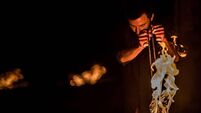
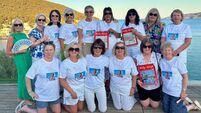
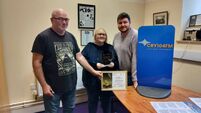
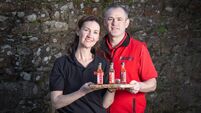



 App?
App?


